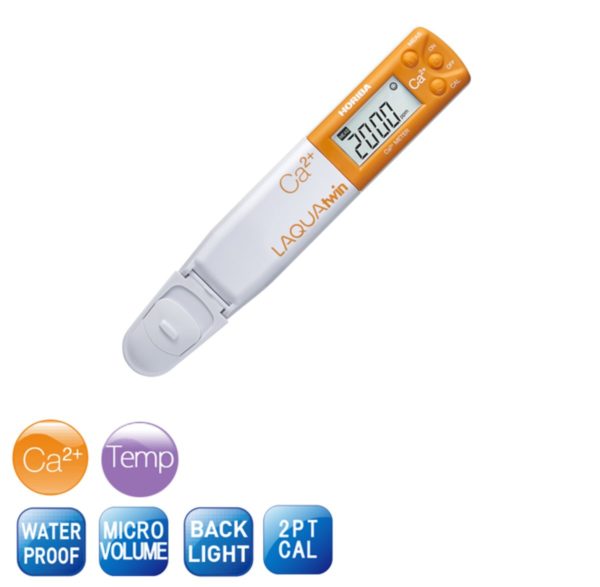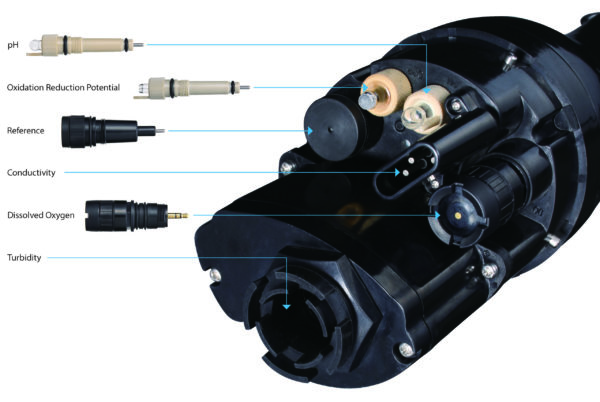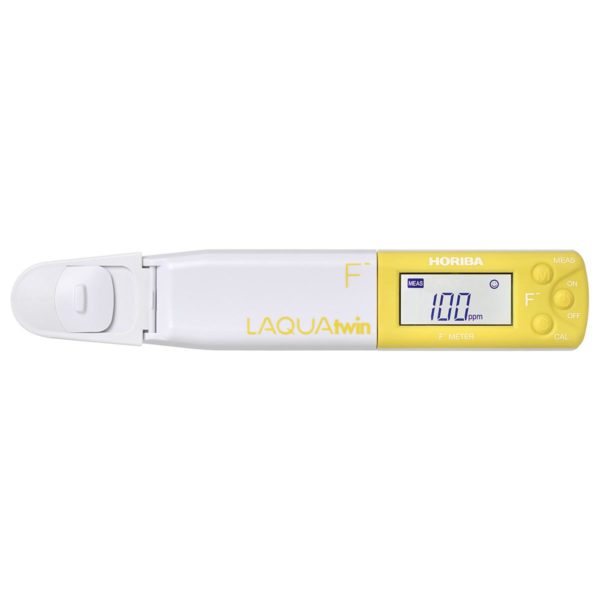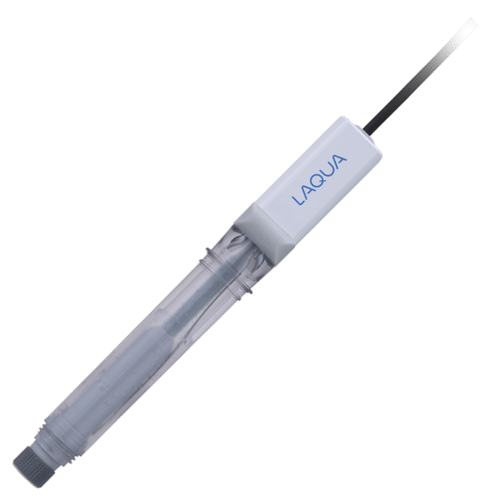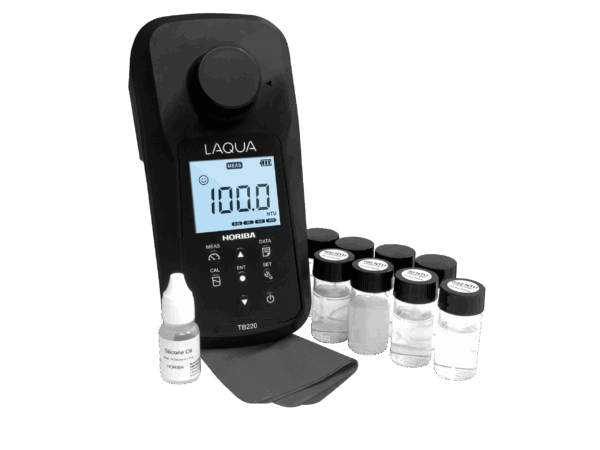The pH range suitable for use depends on the type and structure of the ion-selective electrode. Generally, this range becomes narrower when the concentration of the ions to be measured is lower. The components of the ion-selective membrane may dissolve due to pH variations, or the electrode potential may change because of pH effects. Additionally, pH fluctuations can decrease the slope of the ion-selective electrode or cause a parallel shift in the calibration curve.
To prevent these issues, it’s crucial to set and maintain the pH at an appropriate level.
pH Impact on Ion Sensors
The table below highlights the impact of pH in a 100 mg/L standard solution for various ion sensor cartridges. It’s essential to monitor and manage the pH impact as it can vary based on the sample solution’s composition.
| Ion Sensor Cartridge | pH Range | Adjust to Acidic Side | Adjust to Alkaline Side |
|---|---|---|---|
| NO3- | pH 4 – 7 (100 mg/L NO3-) | H2SO4 | NaOH |
| K+ | pH 5 – 11 (100 mg/L K+) | HCl | NaOH |
| Ca2+ | pH 5 – 10 (100 mg/L Ca2+) | HCl | NaOH |
| Na+ | pH 5 – 10 (100 mg/L Na+) | HCl | Ca(OH)2 |
| NH4+ | pH 5 – 8 (100 mg/L NH4+) | HCl | Ca(OH)2 |
Tips for Maintaining Proper pH Levels
A simple method to set the sample solution’s pH to an appropriate level for measurement is to prepare a pH buffer solution (free of interfering ions) beforehand and add a small amount to the sample solution. This ensures the pH remains stable and does not interfere with the ion-selective electrode.

